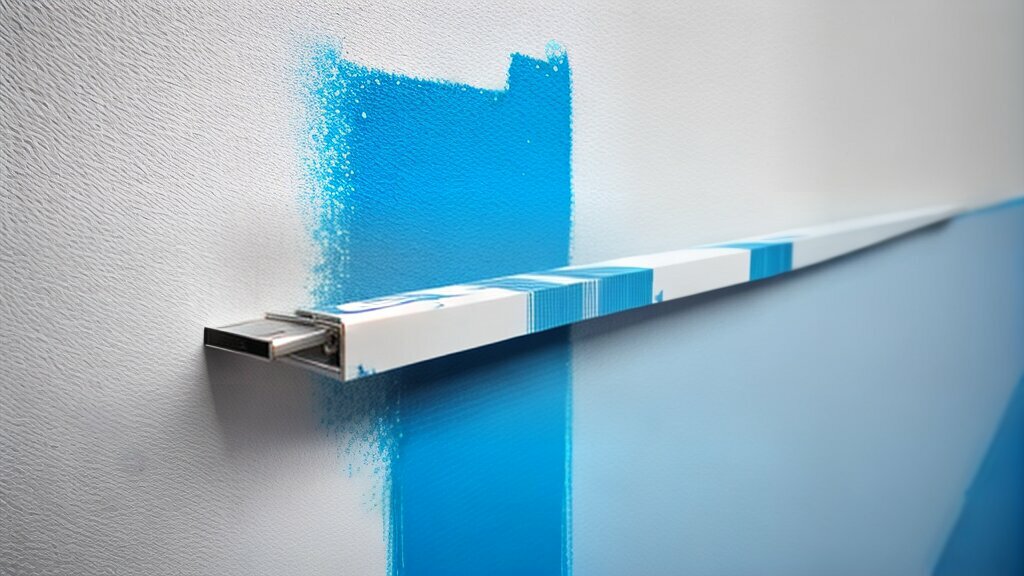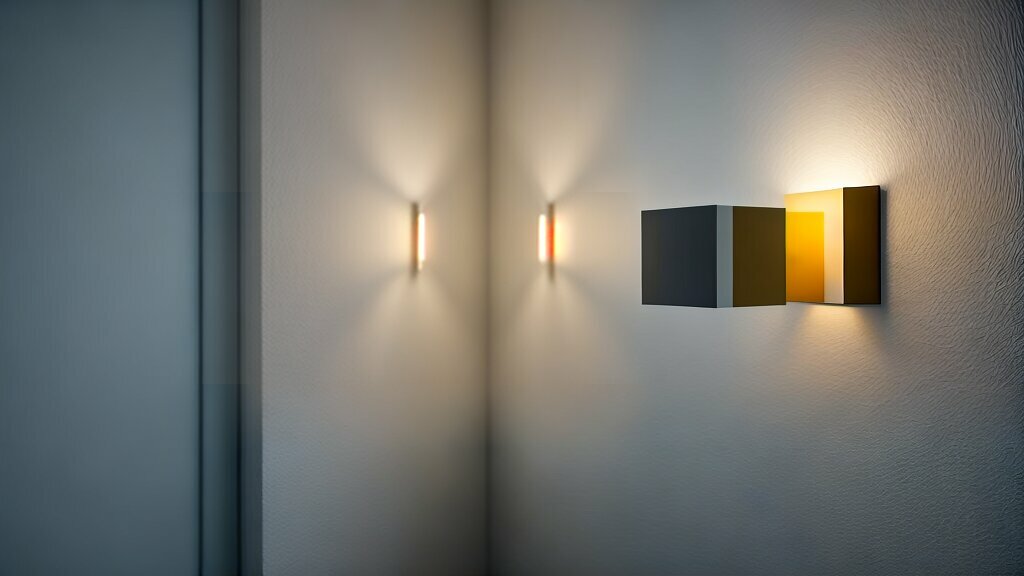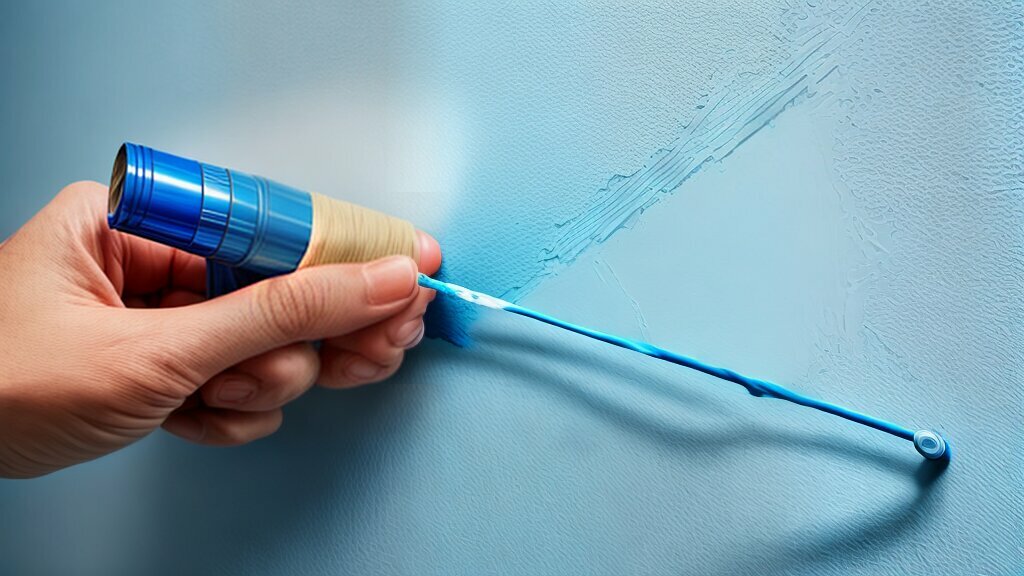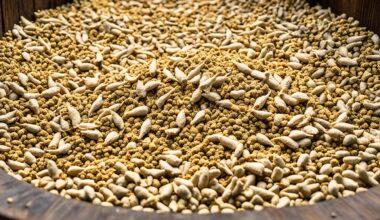If you’re planning a DIY project or decorating your home, masking tape is an essential tool for achieving a neat and professional finish. However, you may be wondering if masking tape can damage your paint. The last thing you want is to remove the tape and find that it has peeled off your paint along with it!
In this section, we’ll answer the question on many DIYers’ minds: will masking tape damage paint? We’ll explore the potential risks and provide tips on how to protect your surfaces effectively.
First, let’s take a closer look at the risks associated with using masking tape on painted surfaces.
Key Takeaways:
- Masking tape can potentially cause damage to painted surfaces when used incorrectly.
- It’s important to understand the potential risks and how to prevent them.
Understanding the Risks of Masking Tape on Painted Surfaces
If you’re planning on using masking tape during a DIY or decorating project, it’s essential to understand the potential risks it poses to your painted surfaces. While masking tape is generally considered safe for use on paint, there are a few things to keep in mind to prevent any damage.
One risk of using masking tape on painted surfaces is that it can pull off the paint along with it when removed. This is more likely to occur if the tape has been left on for an extended period or if the paint is weak or has already begun to peel.
Another risk is that the adhesive on some types of masking tape can react with the paint and cause discoloration or damage. This is especially true for certain types of paint, such as latex or acrylic.
To avoid these risks, it’s important to choose the right tape and apply it correctly. When selecting masking tape, look for options specifically designed for use on painted surfaces. These tapes have less aggressive adhesives that are less likely to cause damage.
Additionally, ensure that the surface is thoroughly clean and dry before applying the tape. This will help the tape adhere properly and prevent it from pulling the paint off when removed.
If you’re unsure about the type of masking tape to use for your project, consider doing a small test run on an inconspicuous area to ensure that it doesn’t cause any damage or discoloration.
Image source: https://seowriting.ai/32_6.png
How to Prevent Masking Tape from Damaging Paint
Masking tape is an essential tool when it comes to painting or decorating your home. However, if not used correctly, masking tape can cause damage to your painted surfaces. Thankfully, there are ways to prevent this from happening. Here are some practical tips:
1. Choose the Right Type of Tape:
When selecting your masking tape, look for options that are specifically designed for use on painted surfaces. These tapes are usually labeled “painter’s tape” and are less likely to damage your paint. Avoid using general-purpose tapes or duct tapes, as they can leave a sticky residue or even peel off paint.
2. Prepare the Surface:
Clean and dry the surface before applying the tape. This ensures that the tape adheres properly and reduces the risk of it peeling off paint. Use soap and water or a gentle cleaner to remove any dirt or oil from the surface. Allow the surface to dry completely before applying the tape.
3. Apply the Tape Correctly:
When applying the tape, make sure it is straight and smooth. Use a putty knife or a credit card to flatten the tape and remove any air bubbles. Make sure the edges of the tape are firmly pressed down to prevent paint from bleeding underneath.
4. Remove the Tape Carefully:
When it’s time to remove the tape, do it slowly and carefully. Pull the tape back on itself, at a 45-degree angle, to avoid tearing the paint. If you notice resistance, use a knife or razor blade to cut the tape along the painted surface before pulling it off.
5. Use a Heat Gun:
If you’re having trouble removing the tape, you can use a heat gun to soften the adhesive. Hold the heat gun a few inches away from the tape and apply heat evenly. Then, slowly and carefully remove the tape.
By following these tips, you can ensure that your masking tape application is effective and won’t damage your painted surfaces. Remember to choose the right type of tape, prepare the surface, apply the tape correctly, remove it carefully, and use a heat gun if needed.

The Best Masking Tape for Paint Protection
When it comes to protecting your paint during a project, choosing the right masking tape is crucial. Some tapes can be too strong and potentially damage your paint when removed, while others may not provide enough adhesion and allow paint to bleed through. Here are some key factors to consider when selecting the best masking tape for your needs.
| Factor | Considerations |
|---|---|
| Adhesion Strength | Make sure the tape has strong enough adhesion to stick to your surface without causing damage when removed. |
| Surface Type | Choose a tape that is specifically designed for the surface you are working on – i.e. smooth or rough surfaces. |
| Paint Type | Some tapes may not work as well with certain types of paint. Check the tape’s compatibility with your paint before use. |
| Length of Use | If you plan to leave the tape on for an extended period, choose a tape that is designed for longer use to avoid adhesive residue. |
With these factors in mind, here are a few top-quality masking tapes for paint protection:
- FrogTape Delicate Surface – this tape is designed for delicate surfaces such as freshly painted walls and wallpaper. It has a low adhesion to prevent damage to your paint and is gentle on surfaces.
- 3M ScotchBlue Original Painter’s Tape – this tape is ideal for both smooth and lightly-textured surfaces. It has medium adhesion and can be left on for up to 14 days without causing damage or leaving residue.
- Scotch Contractor Grade Masking Tape – this tape is a bit stronger with high adhesion, making it suitable for rougher surfaces. It can be left on for up to 3 days without causing damage.

By considering the factors listed above and choosing a high-quality masking tape, you can effectively protect your paint during your next DIY project without causing any damage. Happy decorating!
Tips for Safely Using Masking Tape on Painted Surfaces
When using masking tape on painted surfaces, there are a few important tips to keep in mind to avoid causing damage to your paint. Follow these guidelines to ensure a safe and effective application:
- Choose the right tape: Make sure you select a tape specifically designed for use on painted surfaces. Look for options that are low-tack or labeled as safe for paint.
- Prepare the surface: Before applying tape, ensure the surface is clean and dry. Any dirt or debris can cause the tape to stick poorly or trap damaging particles underneath.
- Apply slowly and carefully: When applying tape, take your time and apply it slowly and carefully. Avoid stretching the tape, as this can cause it to tear or leave behind adhesive residue.
- Smooth out bubbles: After application, use a tool to carefully smooth out any bubbles or wrinkles in the tape. This will help ensure a tight seal and prevent paint from bleeding through the edges.
- Remove carefully: When it’s time to remove the tape, do it gently and slowly. Pull the tape back at a 45-degree angle, rather than straight up, to avoid pulling up any paint. If the tape is difficult to remove, use a hairdryer on low heat to loosen the adhesive.
Following these tips will help ensure that your masking tape application is safe and effective, without causing any damage to your painted surfaces.

Conclusion
Congratulations! You now have a better understanding of the potential risks and benefits of using masking tape on painted surfaces. Remember, while masking tape can be a useful tool for protecting your paint, it’s essential to take the necessary precautions to prevent any damage.
Always make sure to choose high-quality masking tape that is specifically designed for use on painted surfaces. When applying the tape, take your time and ensure that it is securely adhered to the surface.
If you do encounter any issues with tape residue or paint damage, don’t panic. There are plenty of effective techniques for safely removing masking tape and repairing any paint damage.
Happy Decorating!
We hope this article has been helpful in guiding you towards a successful and stress-free decorating or DIY project. With the right techniques and tools, you can protect your paint and achieve the perfect finish.
Remember to stay safe and follow the manufacturer’s instructions when using any potentially hazardous materials. Happy decorating!






